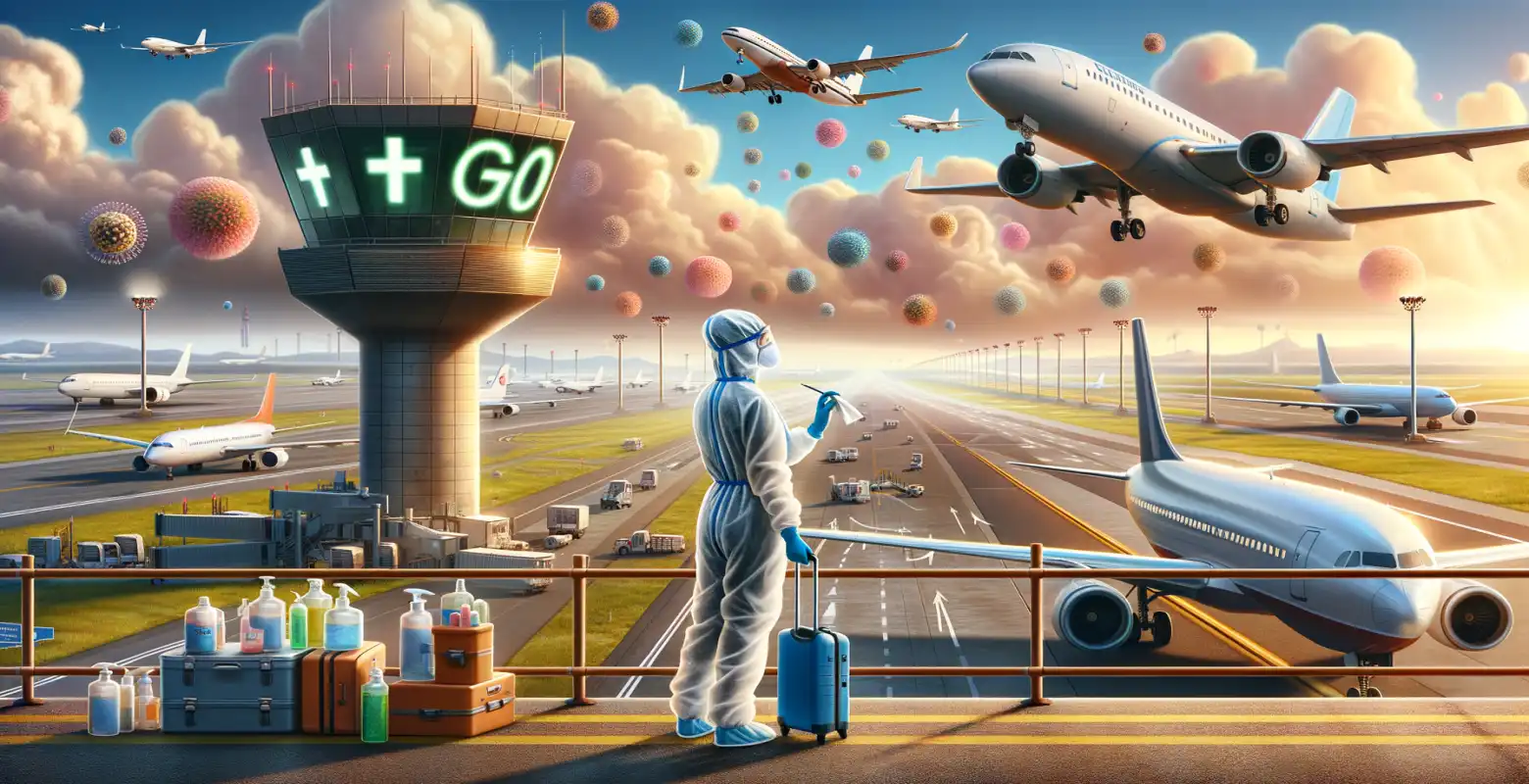The biggest challenges of aviation after the pandemic
Introduction
The COVID-19 pandemic has had a massive impact on many sectors of the economy, with one of the most affected being the aviation sector. Within just a few months, air travel nearly came to a standstill, and airlines worldwide had to face unprecedented challenges. Although the situation is slowly stabilizing, the aviation industry still faces many difficulties that require innovative solutions and thoughtful strategies. In this article, we will examine the biggest challenges that aviation is facing post-pandemic, as well as the opportunities and trends that may shape the future of this industry.
Rebuilding Passenger Trust
One of the key challenges facing the aviation industry is rebuilding passenger trust. The pandemic brought about a deep fear of traveling, and airlines must now convince customers that flying is safe. To achieve this, it is necessary to implement strict sanitary protocols, such as regular disinfection of aircraft, mandatory mask-wearing, and the use of touchless technologies to minimize contacts. Airlines must also invest in informational campaigns that educate passengers about the safety measures being taken.
According to reports from the International Air Transport Association (IATA), passenger trust is slowly increasing, but many people still have concerns about air travel. Therefore, airlines must continue their efforts to improve passenger experiences and provide them with a sense of security during flights.
Financial Problems and Restructuring
The crisis caused by the pandemic has led to serious financial problems in the aviation industry. Many airlines were forced to declare bankruptcy or undergo restructuring to survive difficult times. As a result, airlines must now focus on improving their balance sheets, which often means reducing operational costs, optimizing fleets, and negotiating with suppliers and lessors.
For many companies, this also means the necessity of laying off employees, which can lead to further issues related to morale and productivity. However, restructuring can also create new opportunities, such as increasing operational efficiency and introducing new business models that can help companies in the long run.
Changes in Travel Preferences
The pandemic has brought about changes in travel preferences, which directly impact the aviation industry. The increasing popularity of remote work and virtual meetings has reduced the demand for business travel, which was one of the main sources of revenue for airlines. Therefore, airlines must adjust their offerings to the new realities.
On the other hand, leisure travel is beginning to rebound, but passengers are increasingly opting for flexible booking options and preferring shorter, less crowded routes. Airlines must develop strategies to meet these new expectations, such as introducing more flexible refund policies and investing in the development of regional and domestic connections.
Technological Innovations
Technology plays a crucial role in the transformation of the aviation industry post-pandemic. Airlines must invest in innovations that will increase operational efficiency and improve passenger experiences. Modern technologies such as artificial intelligence, data analysis, and automation can help optimize routes, fleet management, and demand forecasting.
Furthermore, the development of touchless and biometric technologies can revolutionize the check-in and security control process, making it faster and more passenger-friendly. Introducing solutions such as digital health passports can also facilitate travel during pandemics or other health threats.
Sustainable Development and Ecology
Climate change and growing expectations regarding sustainable development pose new challenges for the aviation industry. Airlines must address the pressure to reduce CO2 emissions and introduce more environmentally friendly solutions. Investments in modern, more efficient aircraft, biofuels, and alternative energy sources are not only desirable but necessary.
Collaboration with international organizations, governments, and other stakeholders to develop common ecological goals and standards will be crucial for the future of the aviation industry. Sustainable development will not only help combat climate change but also build a positive image of airlines in the eyes of environmentally conscious consumers.
The Future of Air Travel
Despite the numerous challenges facing the aviation industry post-pandemic, there are many opportunities for the future. Airlines can use this time as an opportunity for transformation and adaptation to changing market conditions. Flexibility, innovation, and the ability to quickly respond to changing passenger needs and expectations will be crucial.
Ultimately, success will depend on the ability to build a sustainable business model that combines profitability, safety, and environmental responsibility. As a key element of the global transportation infrastructure, the aviation industry will continue to play a significant role in connecting people and cultures worldwide.
Summary
Air travel post-pandemic faces a series of challenges that require thoughtful strategies and innovative solutions. Rebuilding passenger trust, financial restructuring, adapting to changing travel preferences, and investing in modern technologies and sustainable development are key areas that will shape the future of the aviation industry. For airlines that can adapt and innovate, these challenges can also become opportunities for long-term growth and success.
For readers and stakeholders in the aviation industry, it will be crucial to track trends and actively participate in the sector's transformation to meet new market and societal requirements. Collaborative efforts towards safety, efficiency, and ecology can bring benefits not only to the industry but also to society as a whole.






Number of comments: 0